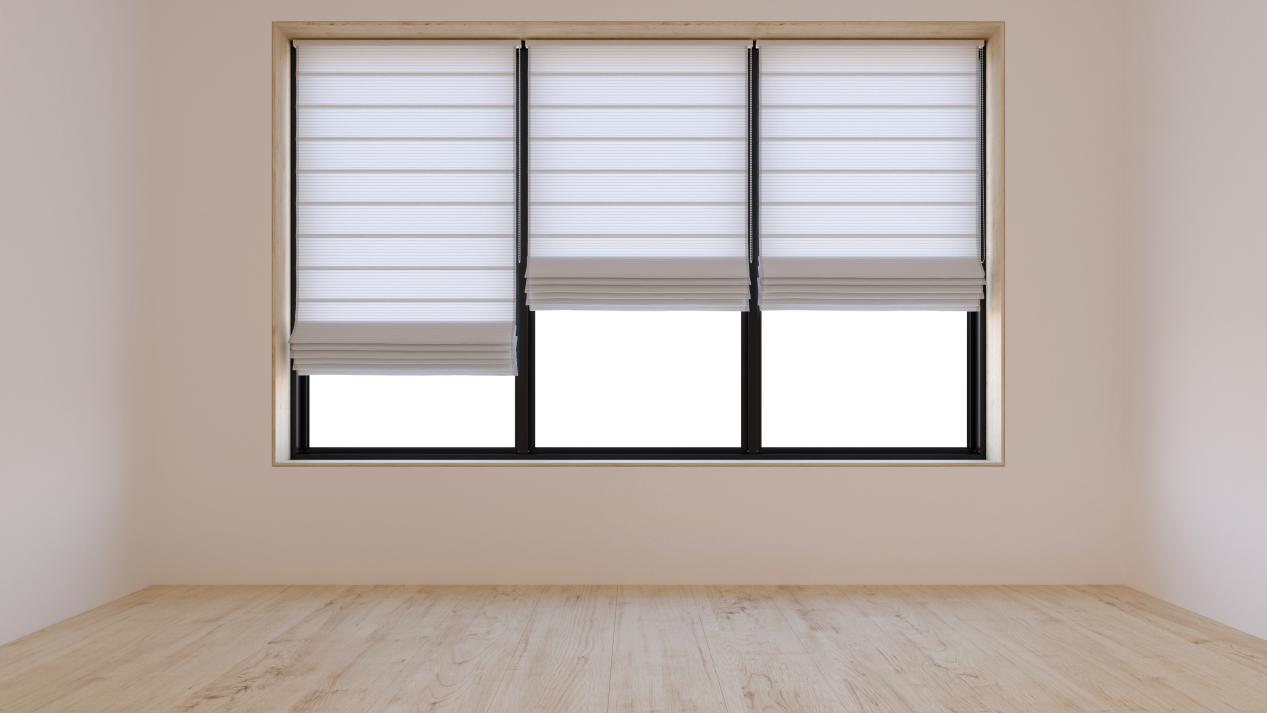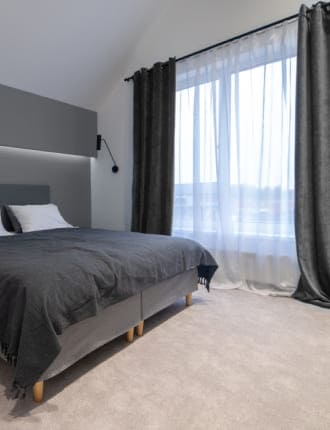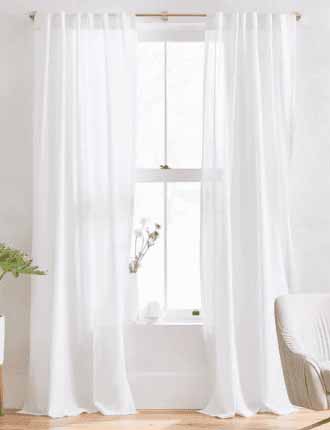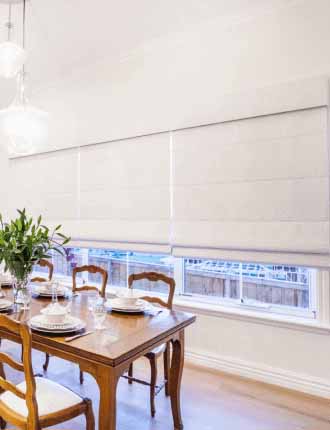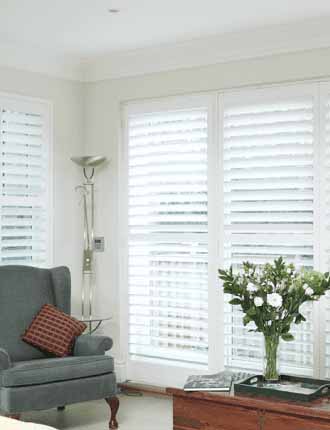When you’re deciding on a new look for your windows, choosing between Venetian Blinds and Vertical Blinds might be a tough call. Both styles have their perks, offering unique aesthetics and features. At Blinds on Demand, we’re keen to help break down the differences so you can make the best choice for your space.
Venetian Blinds: A Classic Choice
Venetian blinds, often referred to as horizontal blinds, have been a traditional choice for homeowners for years. Let’s look at what makes them special:
- Aesthetic Appeal: They offer a timeless look suitable for any room, be it modern or traditional.
- Flexibility: The horizontal slats can be adjusted easily, allowing you to control the amount of light entering your room.
- Maintenance: They’re relatively easy to clean. A simple wipe down, and they’re as good as new!
However, if you’ve ever wanted to learn more about the regulations and standards for these blinds in Australia, the Australian Competition & Consumer Commission is a fantastic resource.
Vertical Blinds: Modern and Versatile
Vertical blinds, as the name suggests, come with vertical slats. Here’s what they bring to the table:
- Sleek Design: They offer a contemporary look which can elongate the appearance of your windows.
- Ideal for Larger Windows: Especially suitable for sliding doors or big windows.
- Variety: Available in a plethora of fabrics, patterns, and colours.
If you’re curious about the installation process or want some tips on maintaining them, the Australian Government’s guide on home improvement can be very handy.
Making The Decision
While choosing between Venetian and Vertical blinds, consider:
- Room Size: Vertical blinds can make a room appear taller. So, if you’ve got a compact space, they might be a good fit.
- Purpose: Venetian blinds are excellent for privacy, whereas vertical blinds work well in areas where you’d like more light control.
Don’t forget to explore our product range and blog for more insights on choosing the right blinds.
Materials and Customisation: A Closer Look
Both Venetian and Vertical blinds come in various materials, each offering unique advantages:
Venetian Blinds Materials:
- Wood: Provides a warm, natural feel to the room. They’re perfect for creating that cosy ambiance, especially during the cooler Australian months. Wooden blinds, however, need extra care to prevent them from warping in humid climates.
- Aluminium: Modern, lightweight, and durable. Aluminium Venetian blinds are ideal for rooms that require a sleek touch, such as home offices or modern living rooms. They’re also resistant to moisture, making them suitable for bathrooms.
- PVC: A cost-effective option that’s durable and easy to maintain. It’s also resistant to UV rays and moisture. Check out the Australian Radiation Protection and Nuclear Safety Agency for more on UV protection at home.
Vertical Blinds Materials:
- Fabric: Softens the room’s appearance and offers a level of elegance. Available in a myriad of colours, patterns, and textures. They’re versatile and can suit any décor style.
- PVC: Perfect for areas that might be exposed to moisture, like kitchens or bathrooms. They’re durable, easy to clean, and provide effective light control.
- Faux Wood: Offers the aesthetic of real wood without the maintenance. They’re resistant to moisture and warping, making them perfect for humid regions.
Privacy and Light Control
A pivotal point in choosing blinds is understanding your privacy and light control needs.
- Venetian Blinds: Due to their horizontal orientation, they’re great for privacy. By tilting the slats, you can adjust the amount of light you want in your room. This makes them suitable for bedrooms or private study areas. More about them on our Venetian Blinds Page.
- Vertical Blinds: These are exceptional for light control, especially for rooms that get direct sunlight. By merely rotating the slats, you can go from full light to dimmed ambiance, making them suitable for living rooms or patios.
For more on how sunlight affects interiors, the Bureau of Meteorology provides comprehensive information on sun patterns throughout Australia.
Installation and Maintenance
The ease of installation and maintenance might tilt your decision:
- Venetian Blinds: These might require a bit more attention when cleaning, especially if they’re made of wood. Regular dusting ensures they remain spick and span. Installation is straightforward, but it’s always recommended to refer to a guide or seek professional help.
- Vertical Blinds: These are relatively easier to maintain. Each slat can be cleaned individually or even replaced if needed. Installation can be slightly tricky due to their vertical orientation, but with the right tools and guidance, it’s achievable.
Environmental Considerations
Australia’s diverse climate means the type of blinds you choose can impact your home’s thermal efficiency.
- Venetian Blinds: Wood, being a natural insulator, can keep your room warm during winters and cooler during summers. Aluminium, on the other hand, reflects sunlight effectively, offering a cooler environment.
- Vertical Blinds: Fabrics, especially those with reflective backings, can reduce heat gain during summers. PVC and faux wood also offer decent insulation.
Design and Aesthetics
Lastly, the visual appeal is a significant consideration:
- Venetian Blinds: These offer a classic look. The horizontal lines can make rooms feel broader and more expansive. With the plethora of materials and colours available, you can match them to any room aesthetic.
- Vertical Blinds: These give a contemporary and sleek appearance to rooms. The vertical lines can elongate room perception, making spaces appear taller. To get a sense of trending interior designs in Australia, ArchitectureAU is an excellent resource.
Conclusion
Venetian and Vertical blinds have strong points that can cater to diverse needs. Whether it’s the material, design, or functionality, understanding the nuances can help you make an informed decision. Your choice should reflect your aesthetic preference, room’s requirements, and purpose. At Blinds on Demand, we’re always here to help you make an informed decision. Reach out to us today to find the perfect blinds for your space.
Frequently Asked Questions:
Q1: What are the main differences between Venetian and Vertical blinds?
Venetian blinds have horizontal slats while vertical blinds have vertical slats.
Q2: Which is easier to clean?
Both are relatively easy to maintain, but Venetian blinds might require more regular dusting.
Q3: Which blinds are more durable?
Both blinds have their strengths, but durability often comes down to the quality of materials and installation.
Q4: Which is more cost-effective, Venetian or Vertical blinds?
The cost can vary based on material, size, and customisation. You can request a quote from us for specifics.
Q5: Are there child-safe options available?
Yes, safety is a priority. For more information on child-safe blinds, visit the Office of Fair Trading.
Q6: Can I install them myself?
While it’s possible, we always recommend professional installation.



